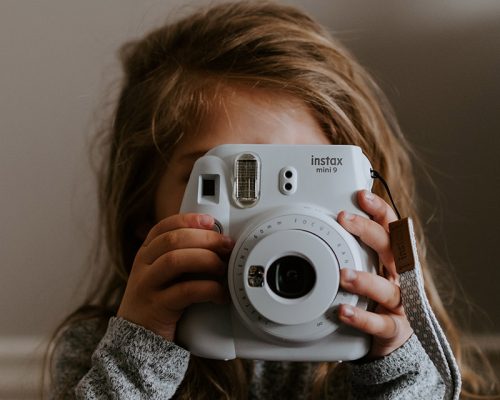Aim of Montessori Corners
The Importance of Practical Life Activities
These activities develop a child’s concentration, fine motor skills, sense of order, sense of pride after achievements, independence, and fine motor skill. E.g. washing hands, dressing up, cleaning dishes, flower arrangement, setting the table etc.
The Importance of language Activities in Montessori
The language area is also where you’ll find storybooks, the movable alphabet, paper and writing activities.
Some language materials include:
Sandpaper Letters
Students begin to learn the shapes of the letters, the sounds, and the differences between the letters.
Metal Insets
Metal insets are used to build the foundation, needed to write letters. The insets come in a number of different shapes, and are used to trace different shapes, building the hand strength needed to create those shapes.
Vocabulary Cards
Montessori vocabulary cards, sometimes referred to as three-part matching cards, are used during the early stages of “reading” in the Montessori classroom. After developing mastery with identifying letters and their sounds, students move on to matching pictures with the words that describe them. Three-part matching cards consist of an image card, a matching word card, and a third card that shows the proper word/image combination for the student to check against.
Pre-selected Sound Boxes
The pre-selected sound boxes consist of objects or pictures of objects, along with a set of movable letters. Students place the letters on their work station, and then select the objects that start with that letter and place them underneath. Students also progress to selecting the objects that end with a give
Movable Alphabets
The student is now required to combine the letters on their own to form words.
The Importance of Sensorial Activities in Montessori
Seeing, hearing, tasting, touching, and smelling. They also help children learn how to clarify, classify, and understand the world around them. All the materials have what is called the “control of error” which is built in the activity and allows the child to see what needs to be corrected in their work.
The Sensorial area is divided into 8 groups — Visual, Tactile, Baric, Thermic, Auditory, Olfactory and Gustatory & Stereo gnostic.
The Visual group allows for the child to learn to visually discriminate the differences between similar and differing objects. Lessons in this group include the Pink Tower and Broad Stairs, as well as Knobbed and Knobbles cylinders and Red Rods.
Tactile lessons teach the child to learn through their sense of touch. Children mainly will use their fingertips while handling materials in these lessons to allow them to feel objects through a small, concentrated part of their body, limiting distractions. The materials in these groups include mystery bags and touch boards.
In Baric lessons children learn to feel the difference in pressure or weight of different objects. Baric Tablets are among the materials found in these lessons.
Thermic materials work to refine a child’s sense of temperature. We do this by introducing the Thermic Bottles and Tablets.
Auditory lessons show children how to discriminate between different sounds by using the Sound Boxes.
Olfactory and Gustatory lessons are simply lessons designed to develop the sense of smell and taste. We introduce Smelling and Tasting jars in this area.
Finally, we have Stereo gnostic, this group of lessons allows children to feel objects and make recognitions based on what they feel, also known as muscle memory.

The Importance of cultural Activities in Montessori
Cultural activities include Geography, Science, Botany, Zoology, and Art & Music.

Studying Geography and Foreign Languages allows children the opportunity to understand the planet as well as understanding their own culture and that of others
Science in the Montessori classroom allows the children to explore and work with hands-on experiments that will cultivate a lifelong interest in nature and discovering more about t our world, for example, the concepts of sink and float, magnetic and non-magnetic are taught through materials.
Through the study of Botany, the children learn to identify plants through the shapes of leaves (what they look like, how to take care of them, how they grow, etc.) so that they may appreciate nature in a more organic way.
The study of Zoology shows children animals from all around the world (where theylive, what they eat, how they’re classified, etc.).
Lastly, the study of Music allows the children a very unique opportunity to express themselves. Music is explored through, Zumba, nursery rhymes, etc. to learning simple songs.
Culture activities develop children’s cognitive, social and emotional development.
The Importance of Math Activities in Montessori
To introduce students to the concepts of numbers and counting. e.g. Number rods. They later learn to count using objects e.g. 10 balls
Helps students recognize numbers. Students later arrange the numbers into proper order. E.g. cards and counters
